Spider Plant Care - All About Watering, Propagation, and Benefits
Spider plant is an exotic species naturally growing in tropical and African areas. There are many varieties, but only one is cultivated in containers. Spider plant became popular mostly because it's easy to grow. Are you wondering if anyone can take care of it - even a beginner plant lover? Check the needs of these plants and learn all about spider plant care.
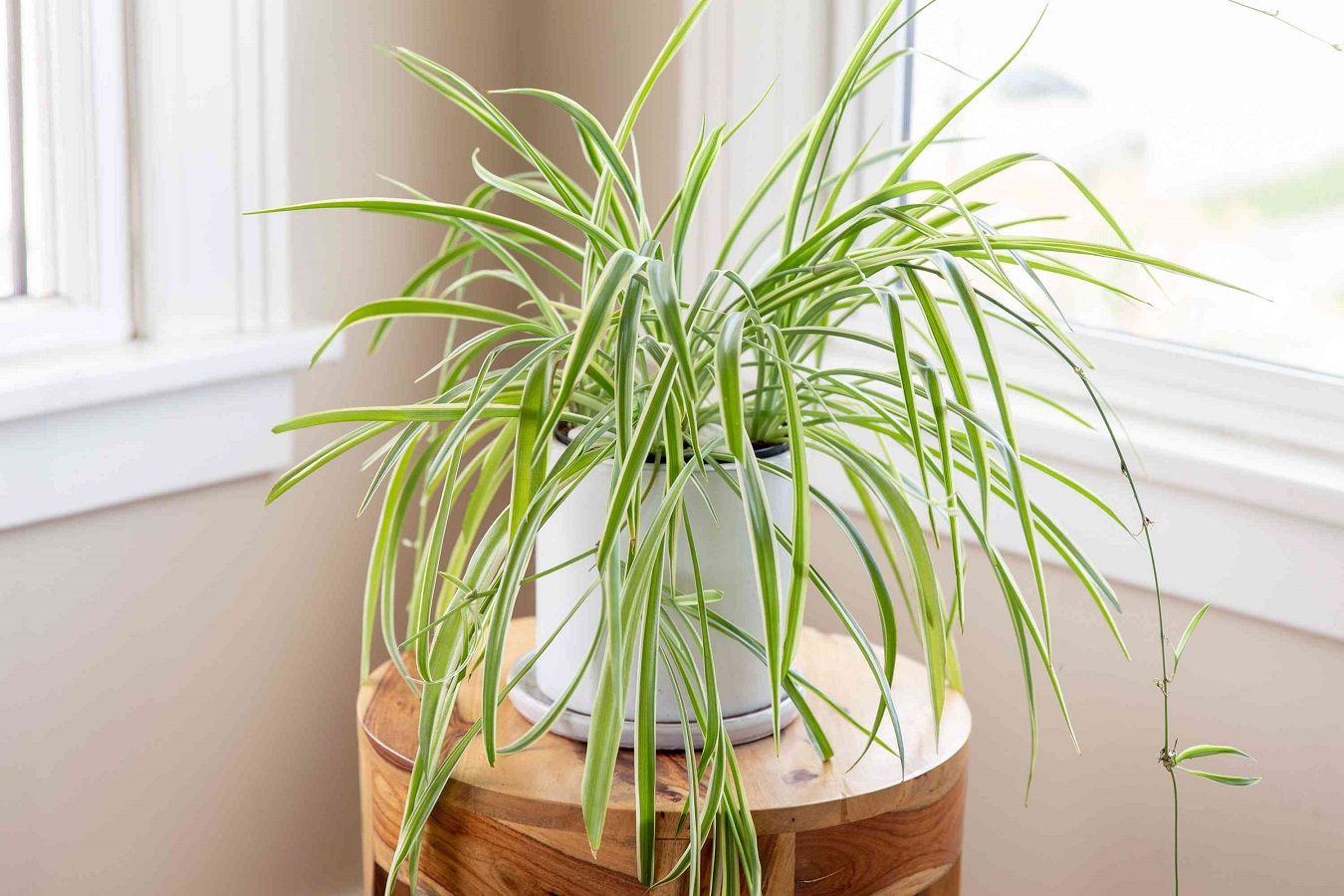
Spider plant – what kind of plant is it?
Spider plant, also known by its scientific name Chlorophytum belongs to the family of liliaceae. In nature, it grows mostly in tropical regions. Most of its varieties grow in Africa. There are approximately 40 types of this plant. But only one of them can be easily grown in containers – spider ivy, also known as Chlorophytum comosum. Some also call it ribbon plant. This variety is the most popular.
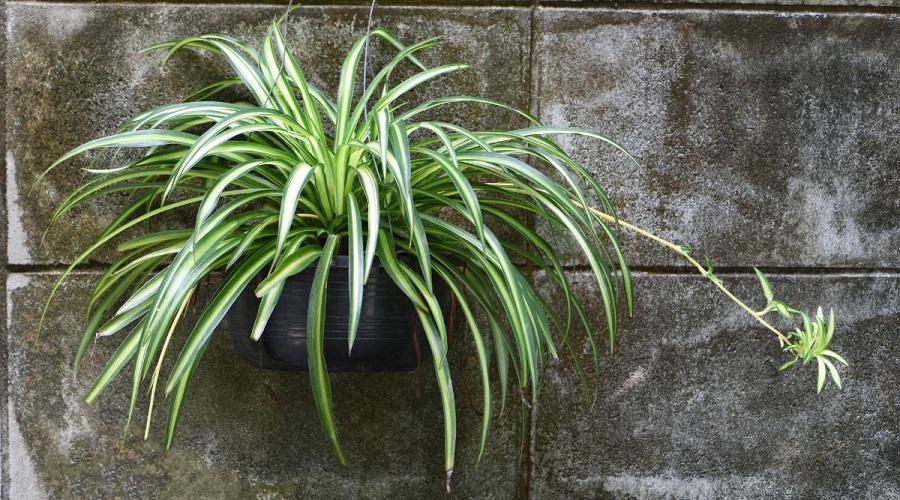
Spider plant – popular varieties
Spider plant is one of the most commonly cultivated houseplants in the world. It maximally igrows 45 centimeters tall. Its leaves have a characteristic bright green color. Depending on the age of the plant, the leaves can be 50 centimeters long and 2.5 centimeters wide. The stems are equally long and thin, and during the blooming season white and yellow flowers appear.
There are five popular varieties of spider plant:
- Bonnie – its flowers bloom in yellow, the leaves are long and green with a white stripe,
- Ocean – the leaves are light green and wide with cream edges,
- Variegatum – it has cream leaves with green edges,
- Vittatum – grey-green leaves with a wide white stripe,
- Zebra – dark green leaves with yellow stripes on the edges.
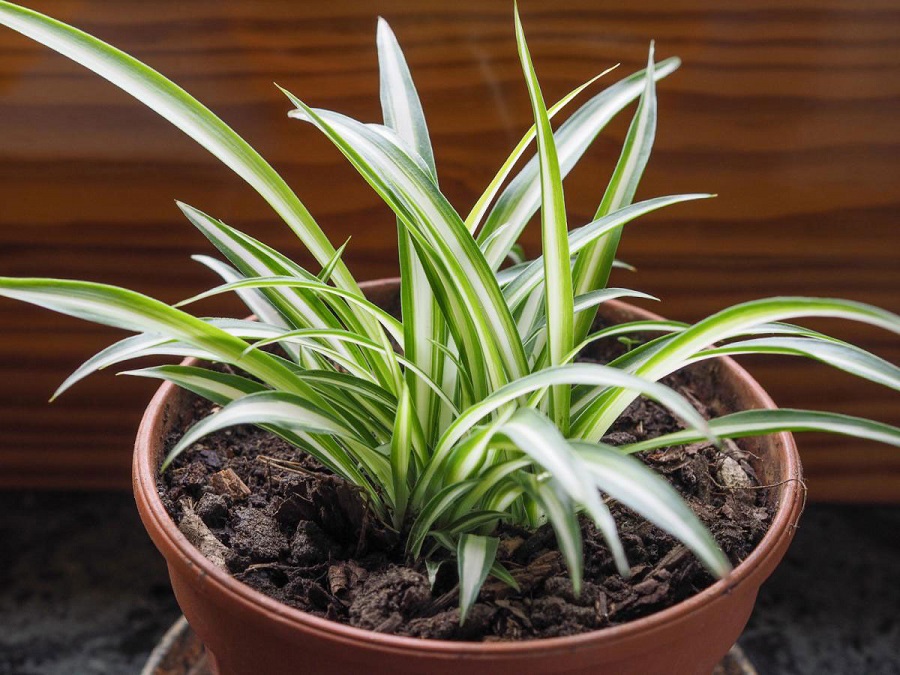
Spider plant care in containers
Spider plant is recommended to any gardener, even those who lack experience. The plant grows perfectly in any location, both in full sun and shade. The reason for this is its ability to quickly adapt to any conditions. Just keep in mind that placing the plant in a too dark place might cause the characteristic white stripe on the leaves to disappear.
Spider plant needs very fertile, but also highly permeable soil. In practice, it means it doesn’t like excess water, which might be harmful to the plant. You can prepare the soil yourself – or you can use a store-bought special mix.
Spider plant indoor grows best in locations where the room temperature in summer oscillates between 18-20°C (64.4-68°F). But the plant can also grow in other conditions. It can endure temperatures from 12 to 30°C (53.6-86°F). But make sure not to place it near a radiator. Dry air might damage the plant.
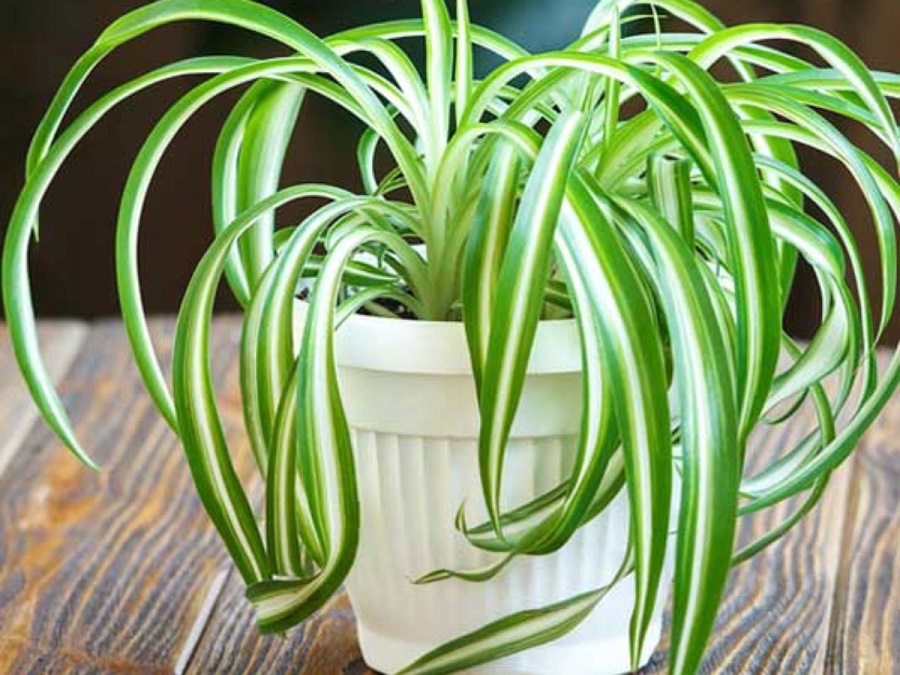
Spider plant – watering and needs
Very dry air is probably the biggest threat to a spider plant. In winter, when the apartment or house requires heating, make sure to regularly mist the plant’s leaves with water. A too low moisture level can cause the tips of the leaves to turn brown, and the drying might progress further in time.
Slightly moist soil, but without water remaining on the saucer makes the best conditions for a spider plant. If the upper layer of the soil gets dry, it’s a sign to water your spider plant. In summer, watering every 2-3 days should be enough. Keep in mind that overwatering might damage the plant, as opposed to a slight overdrying, which won’t cause any harm.
Spider plant flower – blooming
Spider plant develops flowers. They don’t smell at all and serve only as the plant’s decoration. In plants grown indoors, they can appear during any season. But blooming is most likely to occur in summer.
Spider plant – propagation
Spider plant is very easy to propagate. Everything thanks to how it grows. It develops a lot of plantlets - often referred to as pups or babies. You can simply rip such a baby off the main stem and put it in water until it develops roots. When first roots appear, put young spider plant babies in fertile soil.

Can you grow a spider plant outdoor?
Spider plants in the garden is a great idea for flowerbeds decoration, although not many people decide on such a solution. Keep in mind that in cold climates, the plant becomes an annual. Because of the region it comes from, spider plant cannot endure winter and frost.
Spider plant – pests
Spider plant is an easy to grow plant. It’s resistant to many pests and diseases that damage other houseplants. Spider mites are the only serious pest you should be careful about. If they appear, they can be easily removed by using special products against them. Dry air is another problem and a reason why your spider plant has brown tips.
What diseases might threaten a spider plant?
Spider plant is a relatively resistant houseplant. Most of the issues are a result of too much water in the pot. It makes the plant vulnerable to fungal diseases. Grey mold is the biggest threat. You can treat it using appropriate chemical products.
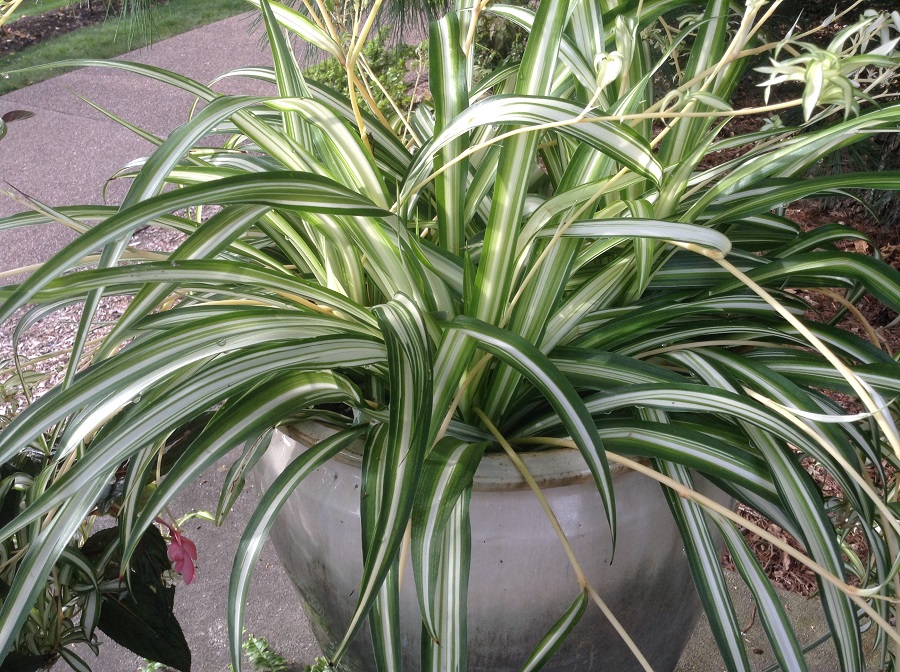
📍 How to care for a spider plant?
Taking care of a spider plant involves providing it with the right conditions and regular, but not too frequent watering. In summer, water the plant up to 3 times a week, in winter – even less frequently. Also, make sure to pick a good location for the plant – half-shade is ideal.
📍 What is the best soil for a spider plant?
Spider plants use a lot of nutrients from the soil they grow in. Gardeners cultivating this plant should make sure the soil is not only fertile but also permeable enough.
📍 Why is my spider plant dying?
If you noticed brown tips on your spider plant – it's a sign it begins to dry. It's typically caused by dry air in its surroundings, combined with too little water provided to the plant. The problem usually concerns plants located nearby radiators, especially in winter.
📍 Where to buy a spider plant?
A spider plant is a popular species. You can purchase it in any supermarket. You can also check typical gardening stores.
Featured articles




